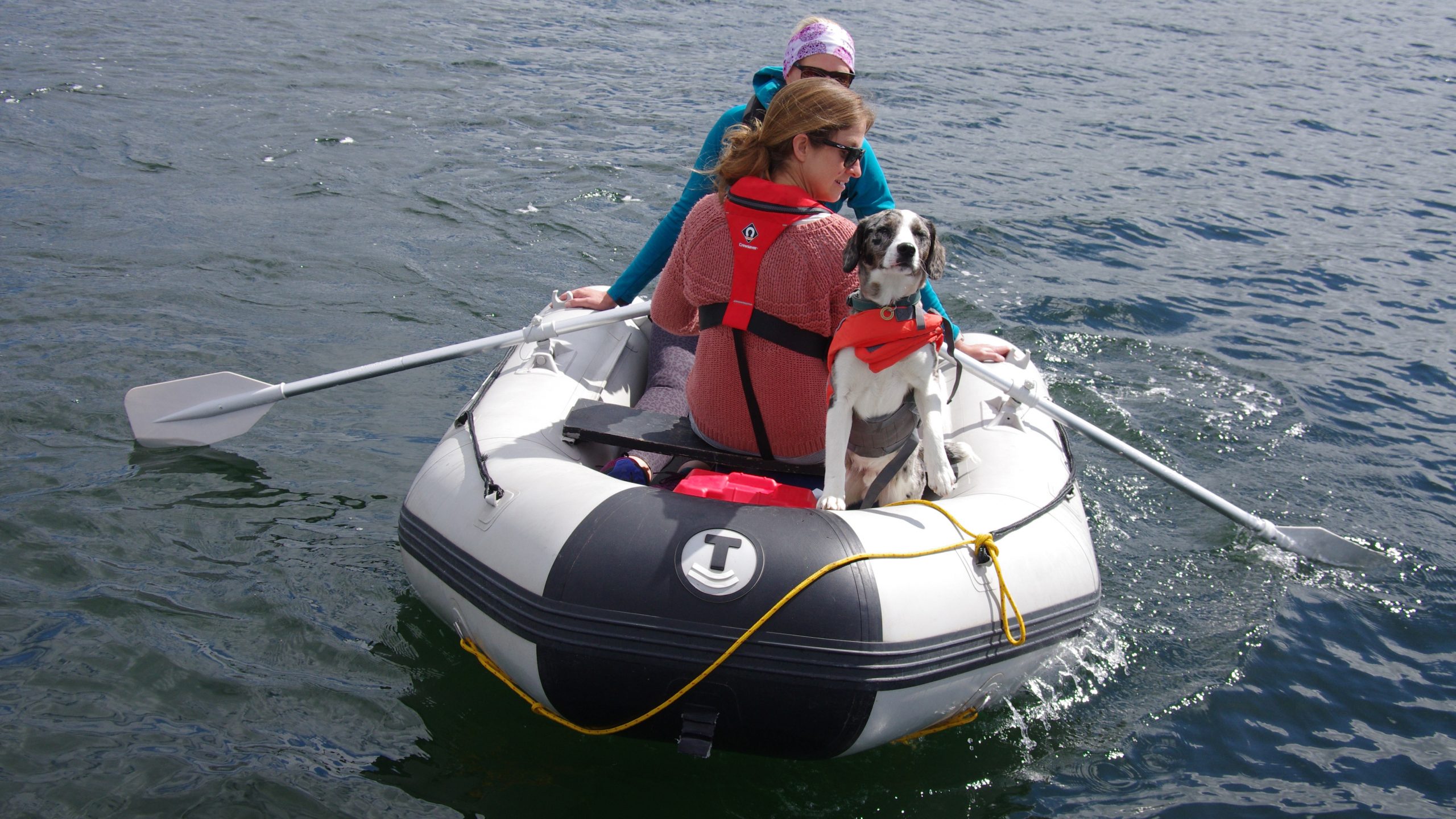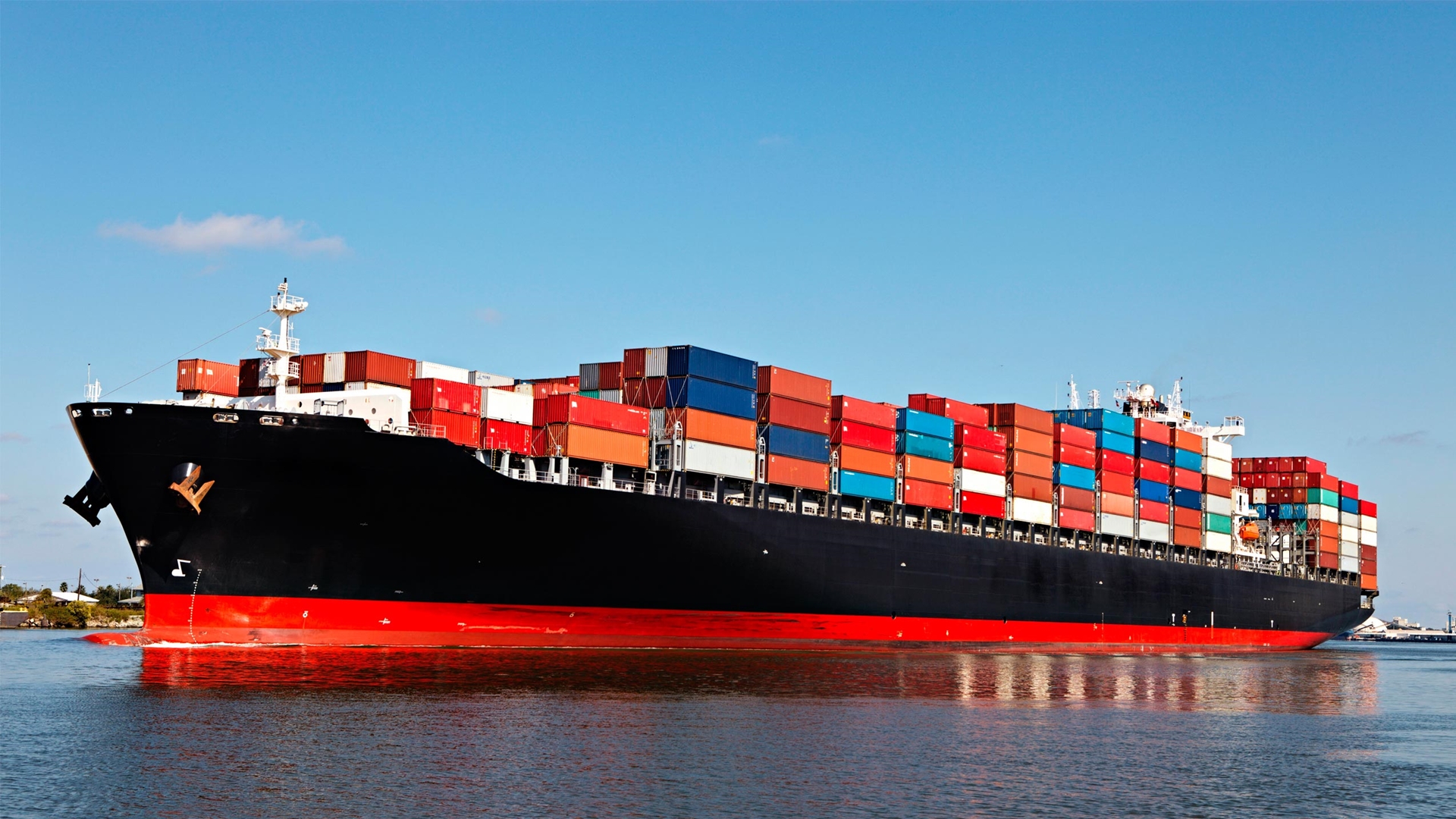Dinghies are small, versatile boats that have been a staple in the world of watercraft for centuries. Despite their modest size, dinghies serve a variety of purposes, from being used as tender boats for larger ships, to recreational craft for sailing, rowing, or motorizing. These little boats are known for their simplicity, maneuverability, and the ability to be transported easily, making them popular choices for a wide range of water activities.
In this article, we will explore what dinghies are, their history, different types, uses, and why they remain a favorite for both novice and experienced boaters alike.
What is a Dinghy?
A dinghy is a small, open boat that is typically between 7 to 15 feet in length. Dinghies can be powered by oars, sails, or small engines. They are generally lightweight, compact, and highly maneuverable, making them easy to transport and store. Dinghies are often used as tender boats for larger vessels, allowing passengers to travel from the shore to the mother ship. They can also be used for leisure activities such as sailing, rowing, or even fishing.
Despite their small size, dinghies are incredibly versatile and can be used in various water environments, including lakes, rivers, and the open sea.
History of Dinghies
The word “dinghy” is derived from the Hindi word “dingi”, which referred to a small boat or skiff. Dinghies have been in use for centuries, particularly in maritime cultures, where they were used as small auxiliary boats for larger vessels. In the past, dinghies were primarily rowed, and sailors would use them to get to shore or transport goods between boats.
Over time, dinghies evolved with the introduction of sailing rigs and small motors, making them more versatile. The development of modern materials, such as fiberglass and inflatable materials, has further improved their design, making dinghies more durable, lightweight, and cost-effective.
Today, dinghies are commonly used for recreational activities, tendering to yachts, and as small vessels for coastal or river exploration.
Types of Dinghies
Dinghies come in several forms, each designed to suit different purposes. Here are the most common types:
1. Rowing Dinghies
These are the traditional type of dinghy and are powered by oars. Rowing dinghies are typically made of wood, fiberglass, or aluminum. They are perfect for short trips, exploration, and fishing. Because they are lightweight and easy to maneuver, they are an excellent choice for getting around in harbors or calm waters.
- Key Features: Simple, easy to row, lightweight, and stable.
- Use: Ideal for short-distance travel, exploring shallow waters, or as a tender boat.
2. Sailing Dinghies
Sailing dinghies are designed with masts and sails and are a popular choice for both recreational sailing and competitive racing. These boats are generally small and lightweight, which allows for quick acceleration and excellent maneuverability. Sailing dinghies are perfect for beginners and experienced sailors alike, offering a great way to learn the fundamentals of sailing or simply enjoy a relaxing day on the water.
- Key Features: Equipped with sails, mast, and rudder for steering.
- Use: Popular for recreational sailing, racing, and training.
3. Inflatable Dinghies
Inflatable dinghies have become incredibly popular due to their lightweight nature, portability, and easy storage. Made of durable PVC or hypalon materials, these dinghies are inflated with an air pump and deflated when not in use. They can be powered by oars or small outboard motors, making them versatile for different types of boating activities. Inflatable dinghies are often used as tender boats for large yachts or fishing boats for shallow water.
- Key Features: Easy to inflate and deflate, lightweight, portable.
- Use: Great for small cruises, tendering to larger boats, or recreational use.
4. Motorized Dinghies
Motorized dinghies are equipped with small outboard engines, making them ideal for faster transportation or longer journeys on the water. These dinghies are used as tender boats for larger vessels, or for water-based activities that require more power. Motorized dinghies come in various sizes, with engines that can range from small 2-horsepower motors to more powerful engines.
- Key Features: Equipped with outboard motors, faster than rowing or sailing dinghies.
- Use: Ideal for transportation between larger ships and shore, or for exploring larger areas.
5. Racing Dinghies
These are specialized dinghies designed for competitive sailing. Racing dinghies are typically light, fast, and highly maneuverable, with a design that maximizes performance. Sailors use these boats in regattas and sailing events. They have advanced sail rigs, streamlined hulls, and are made from lightweight materials such as carbon fiber or fiberglass.
- Key Features: High-performance design, lightweight construction, and optimized for speed.
- Use: Primarily for competitive racing.
Uses of a Dinghy
Dinghies are incredibly versatile and can be used in a variety of ways:
1. Tender Boat
One of the most common uses for a dinghy is as a tender boat. Larger boats and yachts often use dinghies to transport passengers and supplies between the main vessel and shore. Because dinghies are small and easy to maneuver, they can access harbors and shallow waters that larger ships cannot reach.
2. Recreation
Dinghies are popular for recreational boating. With options for sailing, rowing, or motorizing, they offer a variety of ways to enjoy the water. Whether you’re sailing in a race or simply enjoying a calm day on the lake, a dinghy provides the perfect vessel for a fun, intimate boating experience.
3. Fishing
Many dinghies, especially inflatable or motorized versions, are ideal for fishing. These boats allow anglers to reach areas that are otherwise inaccessible by larger boats, making them a great choice for coastal fishing, river fishing, or lake fishing. The small size of a dinghy allows anglers to get close to shore or into shallow waters where fish are often found.
4. Training and Education
Dinghies are widely used in sailing schools to teach beginners the basics of sailing. Their simple design and easy maneuverability make them the ideal platform for learning sailing techniques and gaining confidence on the water. They are also used by sailing clubs and enthusiasts for training and skill development.
5. Exploration
Due to their compact size and manoeuvrability, dinghies are often used for exploring small coves, rivers, or narrow waterways. Their ability to navigate shallow waters gives adventurers the chance to explore coastal areas, islands, and hidden gems on the water.
Advantages of Dinghies
Dinghies offer several benefits that make them attractive to boaters:
- Portability: Dinghies are lightweight and easy to transport. Many inflatable models can be deflated and stored in small spaces, making them convenient to bring along on larger trips.
- Affordability: Compared to larger boats, dinghies are relatively inexpensive, making them an affordable entry point for boaters.
- Versatility: Whether for rowing, sailing, motoring, or fishing, dinghies can be used for a wide range of activities.
- Ease of Use: Dinghies are often easy to operate and do not require specialized knowledge or skill to navigate, making them ideal for beginners.
- Stability: Dinghies are designed to be stable, especially in calmer waters, ensuring a safer and more comfortable experience for passengers.
Conclusion: The Charm of Dinghies
Dinghies may be small, but they are packed with versatility and charm. Whether used for leisure activities, as tender boats for larger vessels, or for competitive sailing, dinghies have earned their place in the world of boating. With their lightweight design, maneuverability, and variety of uses, they are perfect for both beginners and seasoned boaters. Whether you’re looking for a vessel to explore shallow bays, race across a lake, or take out for a relaxing day on the water, a dinghy is a boat that offers endless opportunities for adventure.





